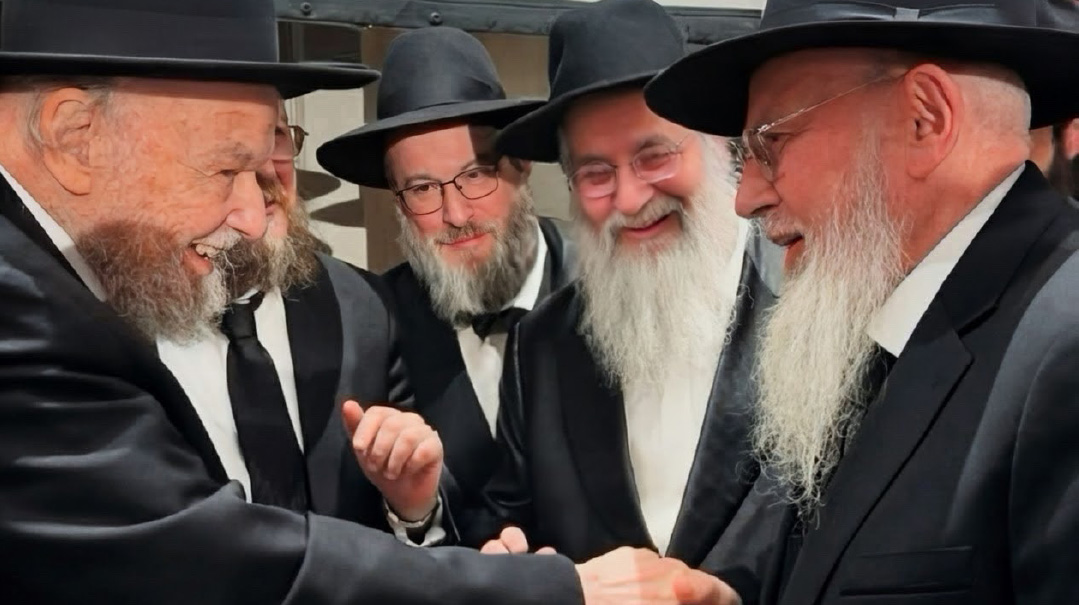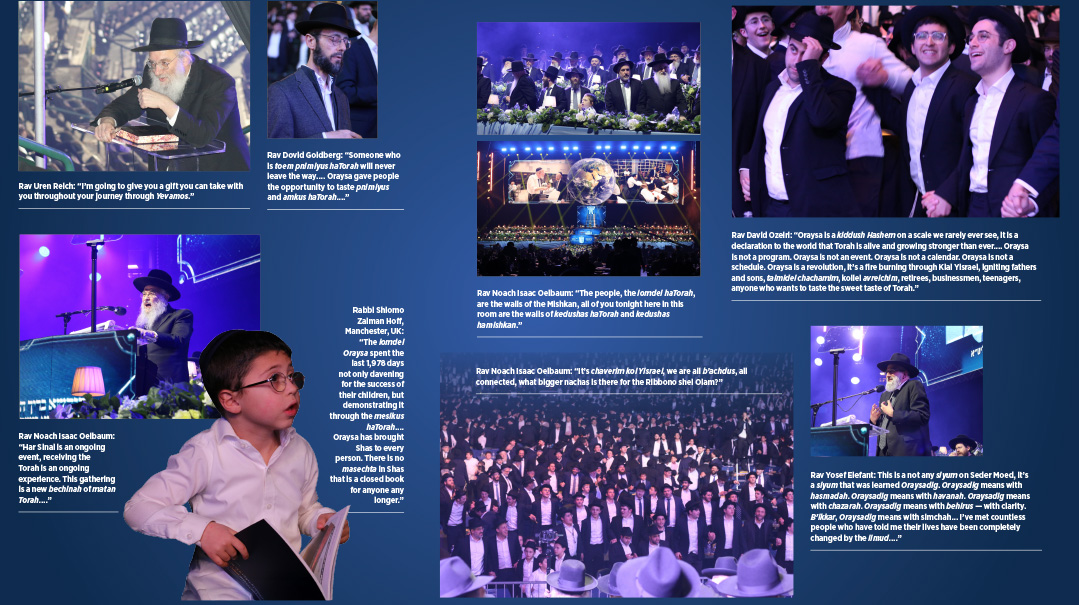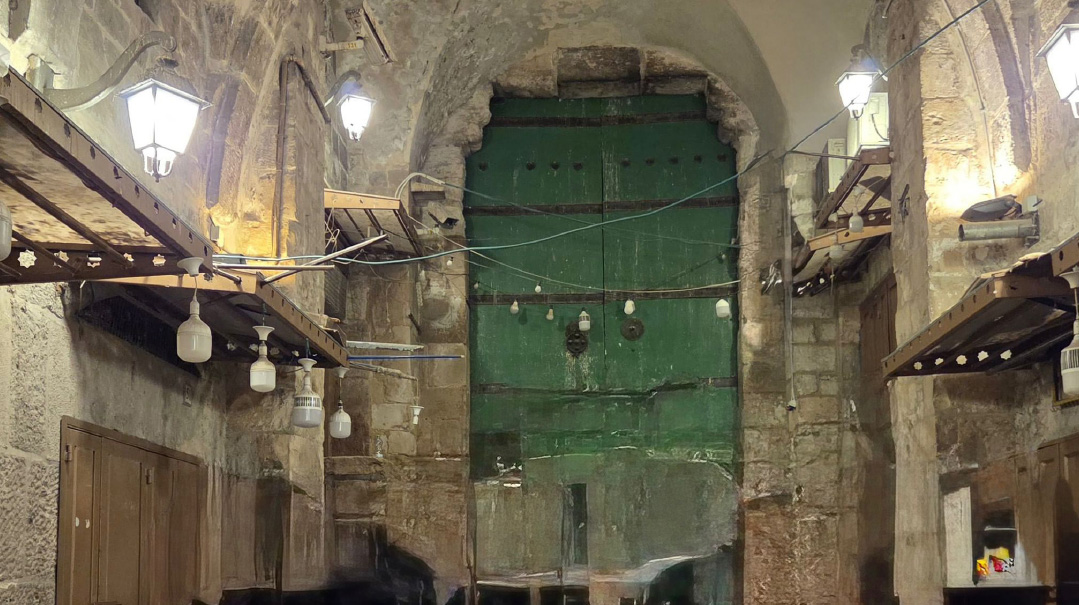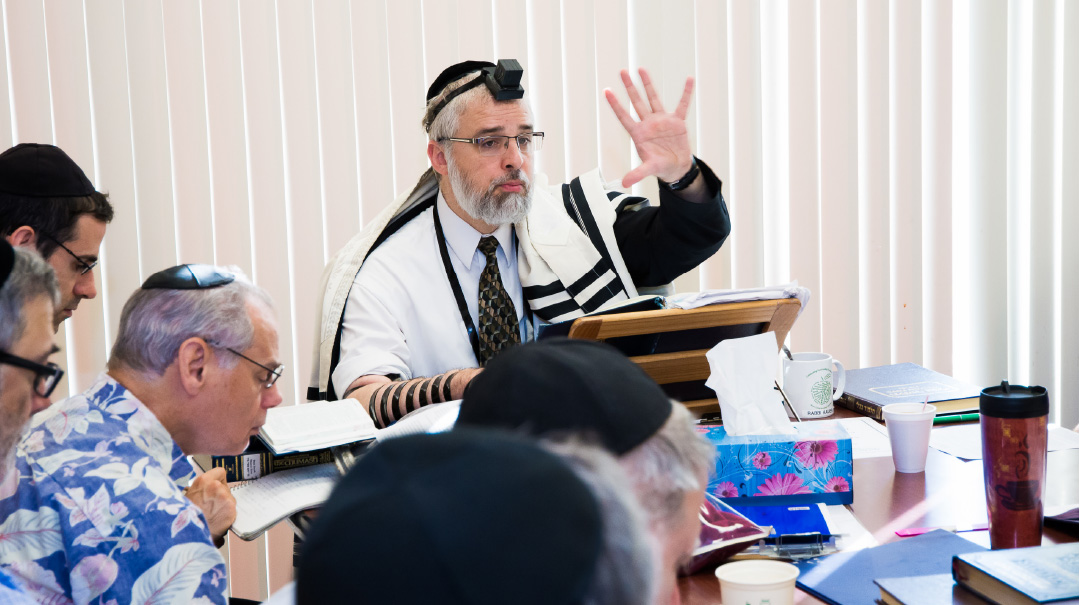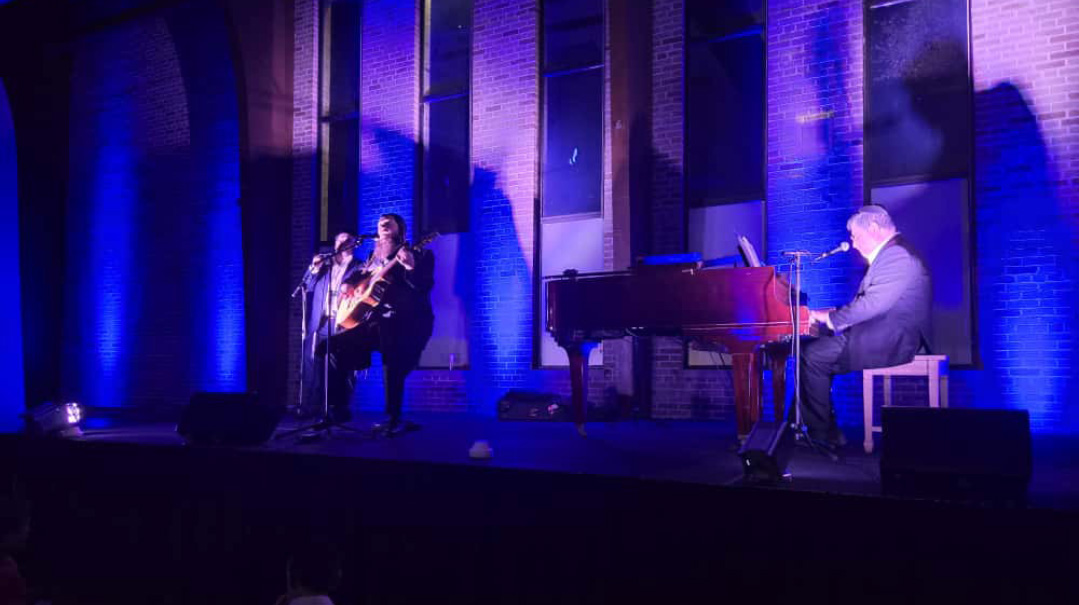The Moment: Issue 1024
| August 14, 2024“It rained to the right of us, it rained to the left of us. But it didn’t rain on the cemetery”
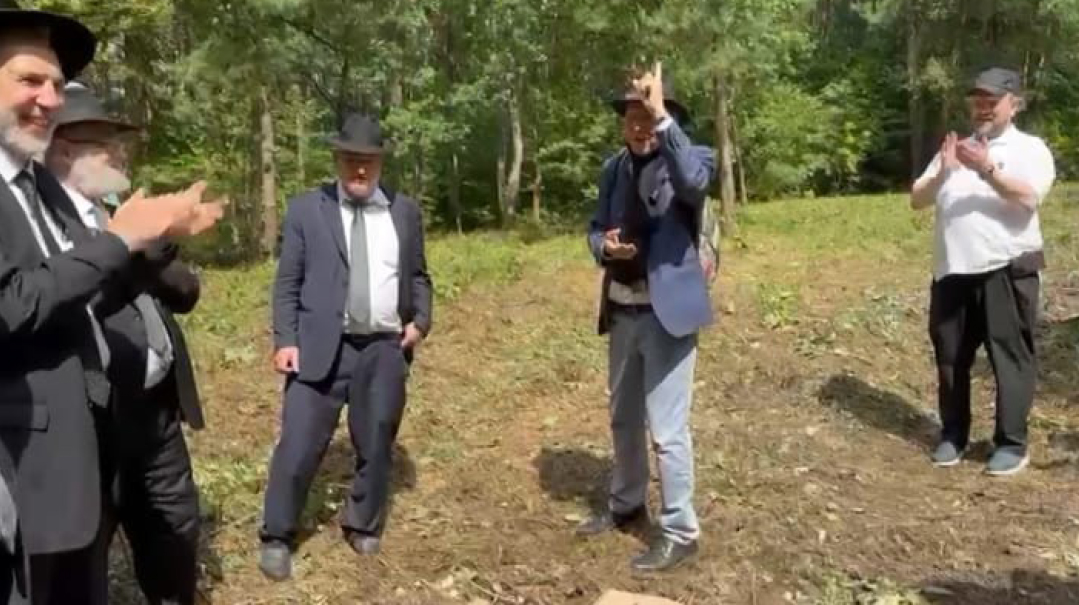
Living Higher
E
arly last week, leaders of the Society for Preservation and Promotion of Jewish Heritage in Lithuania, Rabbi Elchanan Baron and Rabbi Eli Meir Cohen, led a group to Europe as part of an ongoing initiative to preserve and restore old Jewish cemeteries.
The plan was that they would meet up with a team of volunteers from the Christian Society for Penitence and Reconciliation (a group who wish to make amends for the hundreds of instances where Jewish cemeteries were destroyed by Christians over the course of centuries) to erect new tombstones in the Jewish cemetery in Vilkija, Lithuania.
But a torrential rainstorm pounded Lithuania, so strong it felled trees. As the cemetery is located in a forest, doing any work there was dangerous, and Rabbi Baron and Rabbi Cohen were resigned to wait until the storm subsided.
It rained throughout Sunday and Monday. On Tuesday, it stopped, and Rabbi Baron and Rabbi Cohen, together with their group, turned up at the cemetery for a prescheduled ceremony with government officials — and stopped short. They saw no fewer than 28 newly reerected tombstones.
The Society members were there, all smiles.
“How did this happen?” Rabbi Baron asked them.
“It was a huge storm,” one of the men, Kees Lavooij, explained. “It rained to the right of us, it rained to the left of us. But it didn’t rain on the cemetery. We worked all day yesterday.”
The crowd applauded, and Rabbi Baron asked, “Can you explain that?”
“There’s only one explanation,” Mr. Lavooij replied and lifted his index finger and pointed upward.
On Tishah B’Av, 65 years after the destruction of the Beis Hamikdash, the Romans crushed the last Jewish holdout with the massacre of the city of Beitar, where, according to sources, hundreds of thousands of Jews were slain. Yet the Romans would not allow the corpses to be buried. They remained in the open fields under the beating hot August sun. But then a miracle happened: The bodies didn’t rot. It took months (some sources say years) until 15 Av, when the Romans allowed the corpses to be collected and buried — and they were all intact. By way of this miracle, the Jewish people saw a ray of light in one of Jewish history’s darkest periods.
And now, with this miracle, Hashem continued to shine a light upon us through the darkness of galus, reminding us that a glorious future awaits.
For the Record
Lakewood’s Beth Medrash Govoha took the first step in installing the next generation of roshei yeshivah when Rav Ahron Olshin shlita, the eldest son of Rosh Yeshivah Rav Yeruchem Olshin shlita, delivered shiur klali in the yeshivah.
Immediately after the shiur, recordings were available — on cassette, despite tapes being near obsolete. It was a message that even as the yeshivah moves forward, it’s still grounded in a vaunted mesorah that is here to stay.
HAPPENING IN... Cleveland, Ohio
After being pummeled by severe storms, including two tornadoes, several hundred thousand homes and businesses in Northeast Ohio lost power. The hundreds of families in the Cleveland Jewish community were in sudden need of freezer space for the partially defrosted food in their home freezers. Agudah, Hatzolah, and Chaveirim banded together to bring in three large freezer trucks, which they parked in a communal space and offered free of charge. Over 300 families took advantage of the freezer trucks until power was restored to the region.
(Originally featured in Mishpacha, Issue 1024)
Oops! We could not locate your form.


